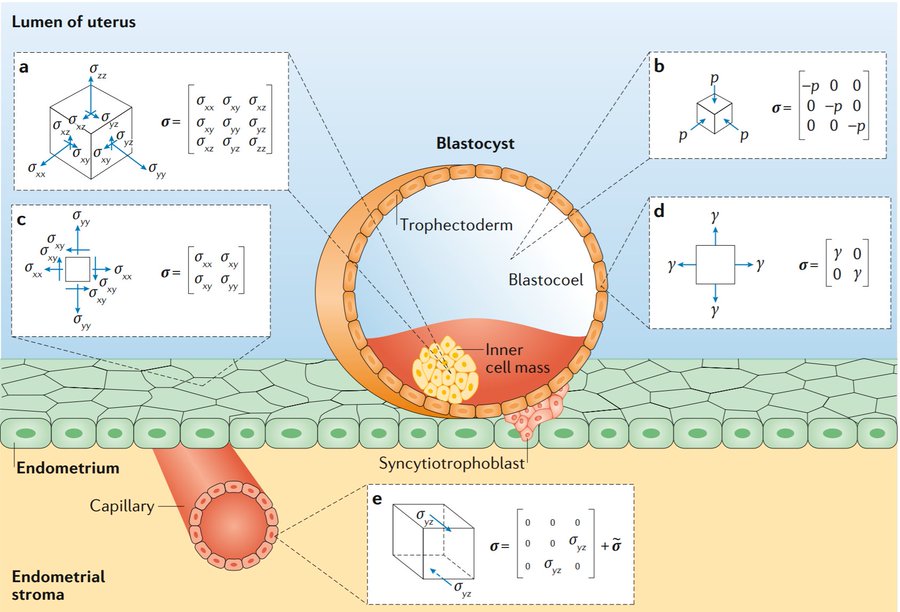For example, the intestinal epithelium is renewed every 3-5 days through mechanical functions such as division, migration, and extrusion. Wound healing largely depends on the tissue’s ability to generate mechanical stress that allows cell migration to repair damage.
 In fact, when abnormalities occur in this process, it can cause muscle diseases or cancer. Therefore, responding optimally to mechanical stress is essential for any tissue. A group of IBEC researchers have examined and reviewed the different types of tools that exist today to measure mechanical stress in tissues at both cellular and subcellular resolution. In their article, published in the journal Nature Reviews Physics, the experts from IBEC’s “Integrative Cell and Tissue Dynamics” group, led by ICREA Research Professor Xavier Trepat, discuss the advantages and disadvantages of each technique and propose the optimization of its use based on these strengths and weaknesses.
In fact, when abnormalities occur in this process, it can cause muscle diseases or cancer. Therefore, responding optimally to mechanical stress is essential for any tissue. A group of IBEC researchers have examined and reviewed the different types of tools that exist today to measure mechanical stress in tissues at both cellular and subcellular resolution. In their article, published in the journal Nature Reviews Physics, the experts from IBEC’s “Integrative Cell and Tissue Dynamics” group, led by ICREA Research Professor Xavier Trepat, discuss the advantages and disadvantages of each technique and propose the optimization of its use based on these strengths and weaknesses.
On the one hand, the operation of techniques applicable to 2D cell cultures were described in detail, such as traction force microscopy (TFM), micropillar arrays, monolayer stress microscopy (MSM) and suspended monolayers. On the other hand, techniques to measure mechanical stress in 3D cell cultures were examined. Specifically, 2.5D and 3D traction force microscopy (2.5 TFM and 3D TFM) and the microbulge test. Finally, the researchers evaluated in vivo measurement methods, such as pressure gauges, inclusions, FRET tension sensors, laser ablation and force-inference methods.
Optimal response to mechanical stress is essential for any tissue. In a Nature Review Physics publication, IBEC experts examine the different types of tools that exist to measure mechanical stress in tissues, both at cellular and subcellular resolution.
The reality is that each technique carries out a specific type of measurement and has its own limitations. This exhaustive comparison is essential to develop specific protocols that allow a better understanding of the physical processes related to physiology and their role in development, homeostasis and tissue disease.
Reference article: Manuel Gómez-González, Ernest Latorre, Marino Arroyo y Xavier Trepat. Measuring mechanical stress in living tissues. Nature Reviews Physics. 2, pages300–317(2020).





